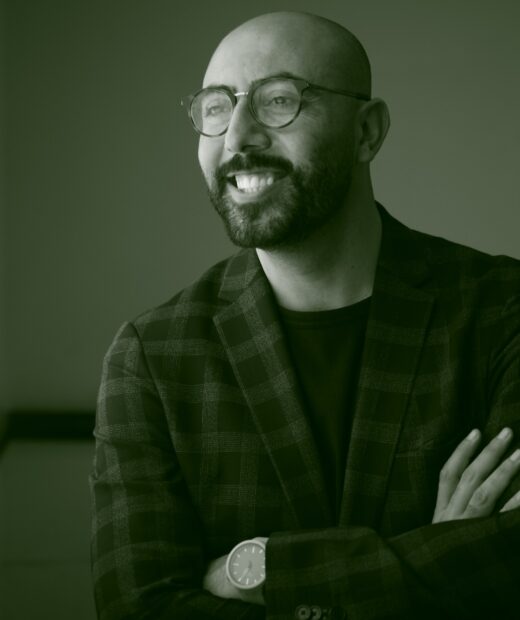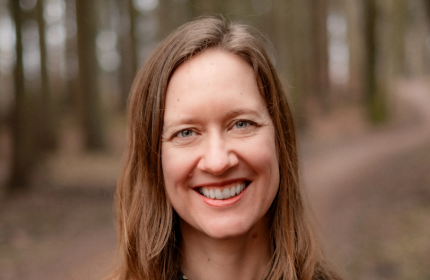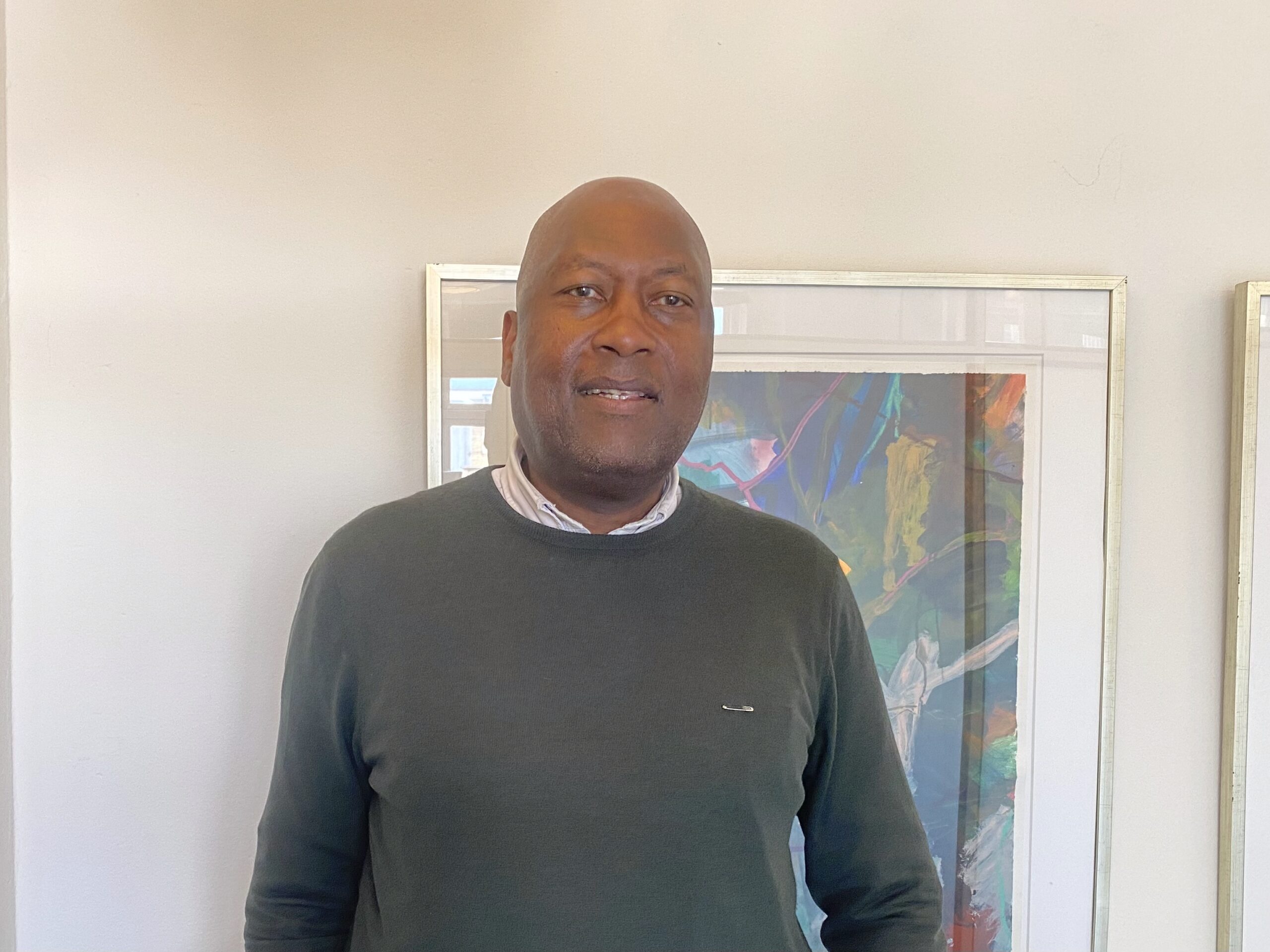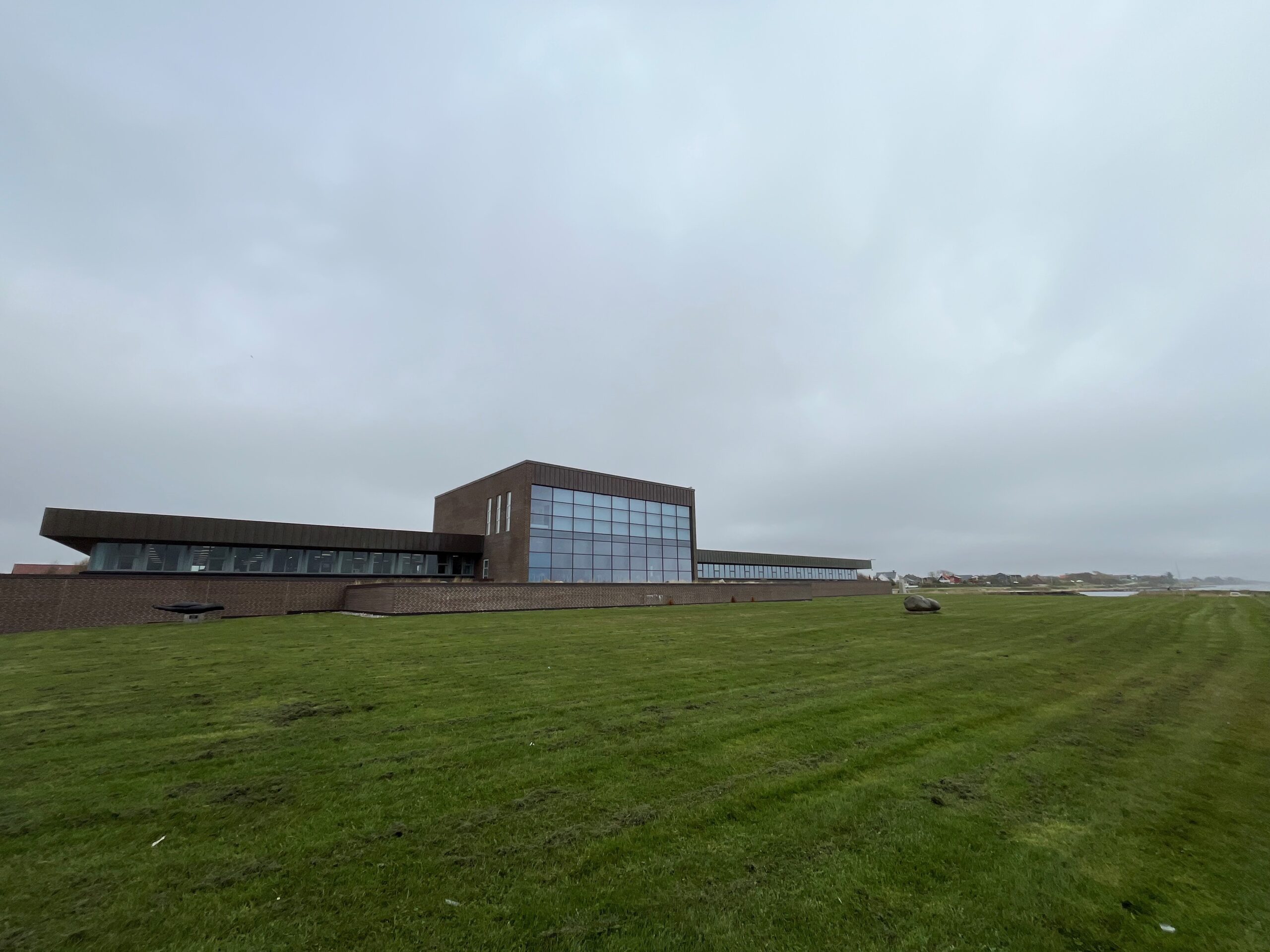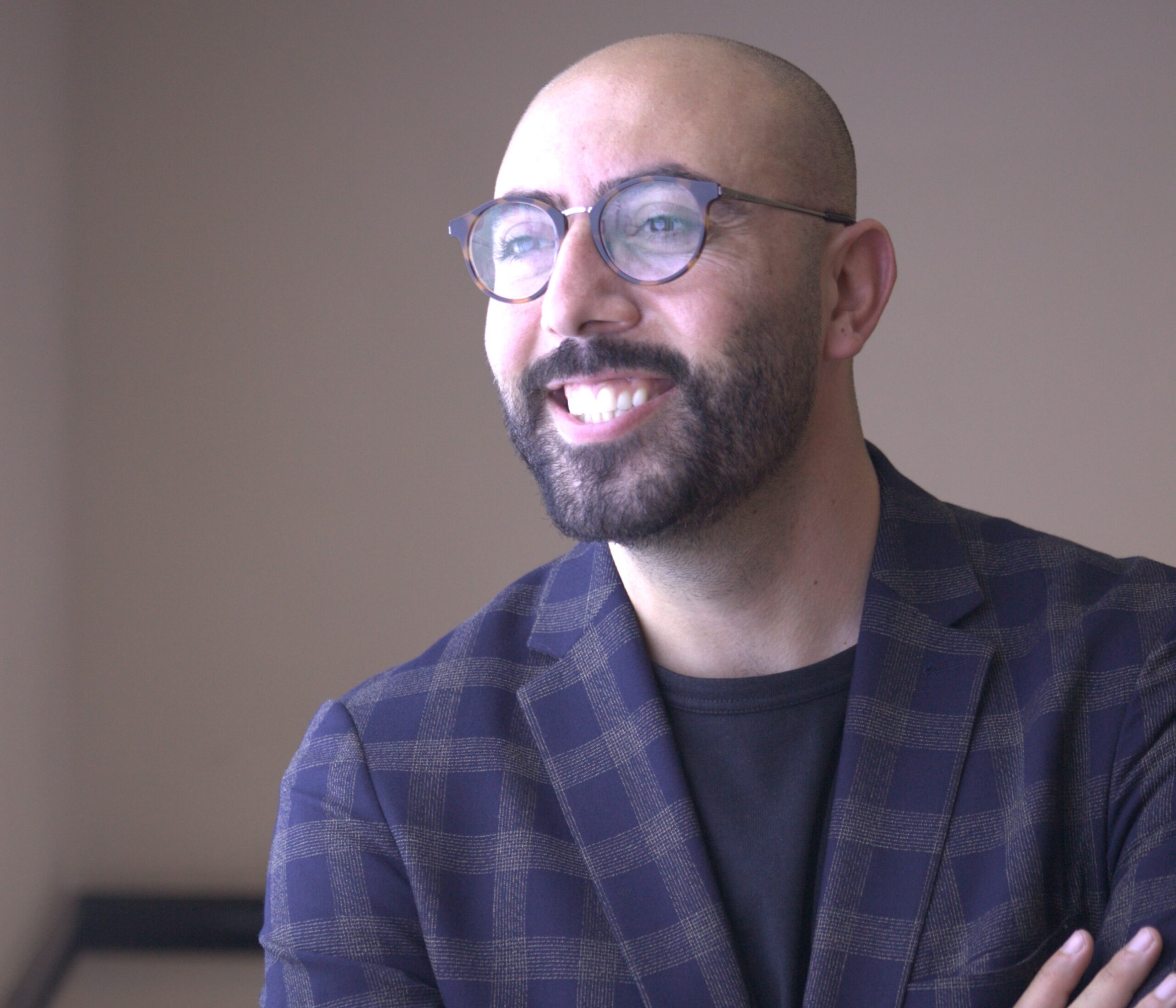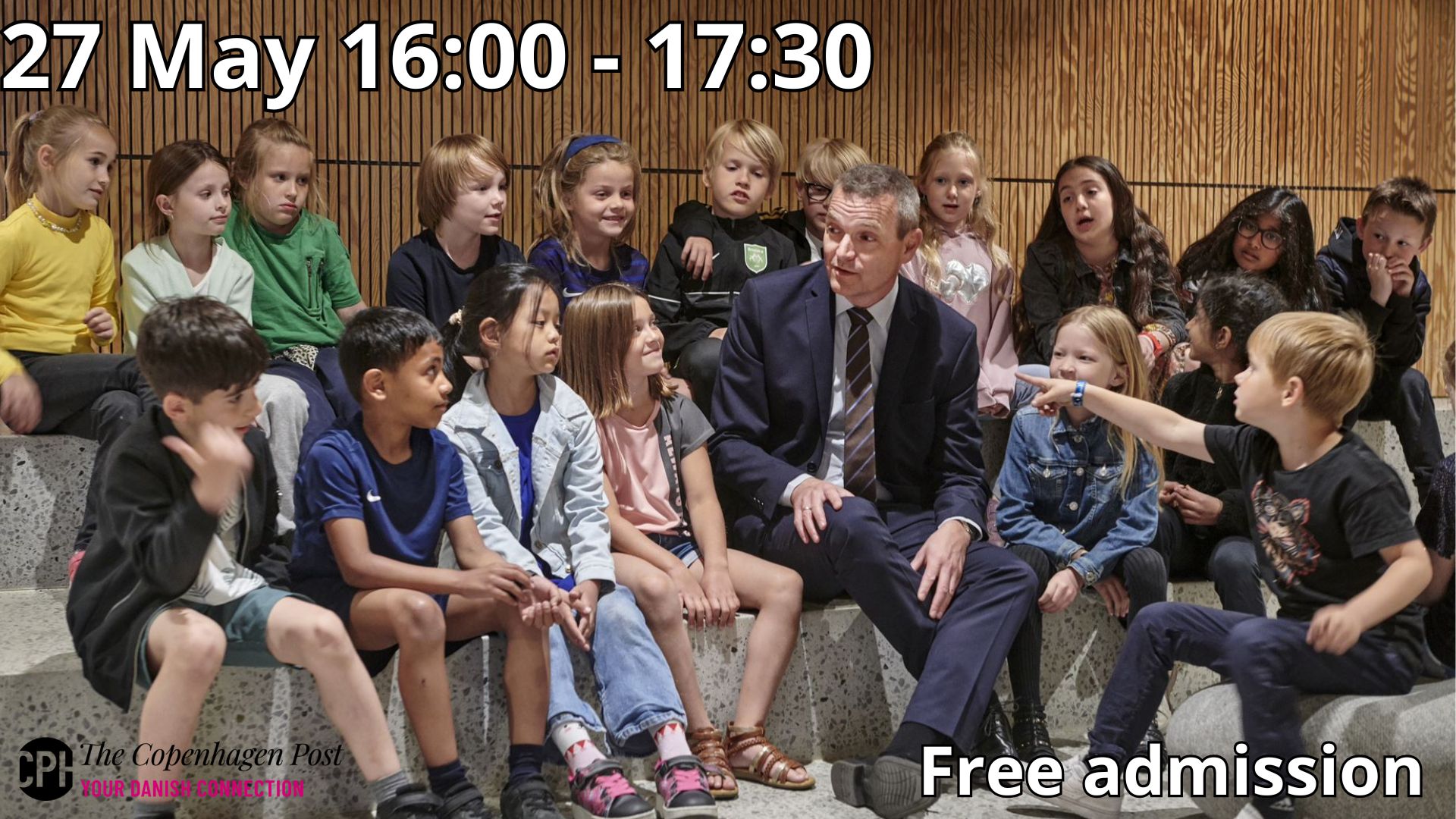The most profound changes rarely happen overnight. They creep up, unfolding through small policy shifts, quiet funding realignments, and slow-burning geopolitical tensions—until, one day, the entire landscape has changed. Nowhere is this more evident than in the world of humanitarian aid, which we like to think of as neutral, untouched by politics. Yet history tells a different story. Foreign aid has always been a lever of influence, a soft power tool in the grand chessboard of international relations. And now, in the wake of renewed U.S. interest in Greenland, we may be witnessing another such shift—one that Danish NGOs cannot afford to ignore.
This is not speculation. It is about patterns, precedents, and policy decisions already unfolding. If U.S.-Denmark tensions over Greenland continue to escalate, Danish international humanitarian organizations could face unforeseen collateral damage—not through direct confrontation, but through the slow erosion of foreign aid flows, shifting donor priorities, and increasing financial instability.
The question is not if the landscape is shifting—it already is. The real question is: Are Danish INGOs ready for what comes next?
Greenland’s Strategic Importance and the U.S.-Denmark Relation over it
Greenland has long been a focal point in global geopolitics due to its strategic Arctic location, vast natural resources, and military significance. The United States has repeatedly expressed interest in acquiring Greenland, from President Truman’s 1946 offer to buy it for $100 million to President Trump’s public remarks in 2019 and his more recent statements in 2024 and 2025. Denmark has consistently rejected such proposals, reaffirming Greenland’s status as an autonomous territory within the Danish Kingdom. However, this topic has never truly been closed—for years, Greenland has been at the center of ongoing strategic discussions, shifting diplomatic maneuvers, and renewed U.S. interest in expanding its Arctic influence.
Geopolitical pressure is rarely about single events; rather, it is shaped by persistent shifts in power, influence, and long-term strategic calculations. The U.S. interest in Greenland is not merely transactional—it aligns with their broader Arctic security strategy, competition with other global powers, and access to critical resources in a changing climate. Throughout December 2024 and January 2025, major media outlets extensively covered the renewed tensions between Washington and Copenhagen over the Arctic region, making the broader geopolitical stakes widely known. The issue escalated further following a series of comments by President Trump about Greenland, which reignited speculation over U.S. intentions. At the same time, Denmark intensified its diplomatic outreach, lobbying several EU countries for support in reinforcing its stance on Greenland’s sovereignty.
As tensions continue to simmer, an important question emerges: Could the U.S. use indirect economic pressure to push Denmark toward concessions on Greenland? Or could Washington demand alternative strategic measures that serve its Arctic interests?
One potential—and often overlooked—lever of influence is foreign aid funding to Danish NGOs because the United States is one of the largest global donors for humanitarian and development organizations and a key contributor to several major INGOs in Denmark.
U.S. Funding and Danish NGOs: A Strategic Pressure Point
Danish humanitarian and development organizations have established a strong global presence, playing a crucial role in delivering aid to fragile contexts, conflict zones, and humanitarian emergencies. Their operations, however, rely significantly on funding from institutional donors, including USAID (United States Agency for International Development), ECHO (European Civil Protection and Humanitarian Aid Operations), FCDO (Foreign, Commonwealth & Development Office of the UK), DANIDA (Danish International Development Agency), and other international funding bodies. Among these, USAID and other U.S.-based donors, such as the U.S. State Department’s Bureau of Population, Refugees, and Migration (PRM), the National Endowment for Democracy (NED), and the U.S. Department of Labor, contribute a substantial portion of funding to Danish NGOs operating internationally.
While there is no official indication that this funding is currently at risk, history has shown that foreign aid is often intertwined with diplomatic and strategic considerations. The U.S. has, in previous geopolitical disputes, restructured aid flows, redirected funds, or deprioritized partnerships to align with broader policy objectives. This pattern has been seen also recently in 2025, after President Trump signed several executive orders that directly impacted USAID grants and staff, signaling potential further restrictions in the near future.
Given this precedent, it is possible that Washington could use foreign aid as a tool in its broader strategic stance on Greenland, potentially placing Danish NGOs in a vulnerable position.
How It Could Happen
If the U.S. were to leverage aid as a diplomatic tool, Danish NGOs could face a series of immediate and long-term challenges, impacting their financial stability, operational sustainability, and reputation. One of the most pressing risks involves sudden cuts or delays in U.S. grants. USAID could pause or re-evaluate existing funding agreements, citing shifting strategic priorities, while the U.S. government might impose additional administrative burdens, such as requiring Danish NGOs to establish a U.S.-based office or official registration to continue receiving funding. Moreover, projects operating in sensitive countries could be subjected to heightened audits and scrutiny, potentially leading to an approach where minor technicalities are flagged to justify funding reductions.
Beyond immediate cuts, a broader shift in funding preferences could place Danish NGOs at a disadvantage. U.S. agencies might redirect financial resources to American NGOs or European organizations that are more closely aligned with U.S. foreign policy objectives. Stricter funding requirements could make it more difficult for Danish NGOs to qualify for grants, increasing competition with U.S. and European counterparts. Furthermore, the public positions taken by Danish NGOs on politically sensitive issues—such as Greenland, Arctic governance, or international conflicts—could influence their access to U.S. funding, making neutrality increasingly difficult to maintain.
These financial risks are compounded by the reputational and diplomatic fallout that could arise from any perceived alignment or opposition in geopolitical disputes. If funding reductions or reallocations become public, Danish NGOs may face heightened scrutiny from donors, partners, and host governments, raising concerns about financial sustainability and political neutrality.
Given that several international Danish NGOs have already faced public controversies in recent years—ranging from Quran-burning incidents in Denmark to positions on Gaza, high staff turnover, and debates over funding sources—any further disruptions to U.S. aid could erode trust in these organizations both domestically and internationally. In this evolving landscape, ensuring equitable access to funding, maintaining operational resilience, and safeguarding the independence of humanitarian work must remain a priority for INGOs navigating an increasingly politicized aid environment.
How Danish NGOs Can Prepare
Danish NGOs cannot afford to be passive observers in this evolving landscape. The potential for funding shifts and diplomatic pressures necessitates strategic preparation, financial diversification, and operational agility. Even if immediate funding cuts do not materialize, INGOs must proactively adjust to safeguard their sustainability.
A critical step is the diversification of funding sources. Danish NGOs have traditionally relied on institutional donors, but to reduce reliance on U.S. aid, organizations must expand engagement with European, Nordic, and philanthropic foundations such as the Novo Nordisk Foundation, LEGO Foundation, and the Gates Foundation. Additionally, private sector partnerships and innovative financing mechanisms—such as social impact bonds, CSR initiatives, and pooled humanitarian funds—can provide new avenues for financial sustainability.
Beyond funding, shifting toward localization and nationalization of aid programs is crucial. The humanitarian sector is increasingly embracing locally led responses, aligning with the Grand Bargain 2.0 and UN-driven localization efforts. Danish NGOs must reposition themselves as enablers rather than direct implementers starting now.
Another vital consideration is knowing when to step back and focus on core strengths. Danish INGOs do not need to operate across all sectors or fulfill every strategic goal. In some cases, stepping aside and allowing other organizations to take the lead is an essential part of effective leadership. Spreading resources too thin can lead to inefficiencies and reduced impact. Danish INGOs must assess where they add the most value, collaborate strategically with others, and avoid unnecessary duplication of efforts.
At the national level, Danish NGOs must engage with policymakers and advocate for increased domestic support. If U.S. funding declines, DANIDA and the Danish government will be expected to fill part of the funding gap.
The most crucial takeaway is the urgency of action. Danish INGOs cannot wait for funding cuts to become a reality before reacting. Organizations must start assessing financial risks, building alternative donor relationships, and adapting operational models now. The ones that take proactive steps today will be better positioned to navigate the shifting geopolitical and funding landscape.
Final Thoughts
Danish NGOs have a unique opportunity to redefine their role in the international aid system. The key to success is not merely survival but strategic adaptation, collaboration, and resilience. In a rapidly changing world, effective leadership means knowing where to lead, where to adapt, and where to step aside. The NGOs that act decisively today will be the ones that thrive tomorrow, support and empower more communities, and contribute to achieving the Sustainable Development Goals.
This is not the time for hesitation—Danish NGOs must act now. Those who wait will find themselves reacting to change rather than shaping their own future.
*Ali Al Mokdad is an experienced leader with a background in managing operations in complex environments, including conflict zones and remote areas. He has worked with INGOs, UN agencies, the Red Cross and Red Crescent, and donor institutions. His experience spans the Middle East, Africa, and Asia, including countries like Syria, Iraq, and Afghanistan, leading teams in over 40 countries. Ali also advises on the boards of various NGOs and companies, focusing on diversity, inclusive leadership, and integrating technology to improve NGO operations and humanitarian work.
